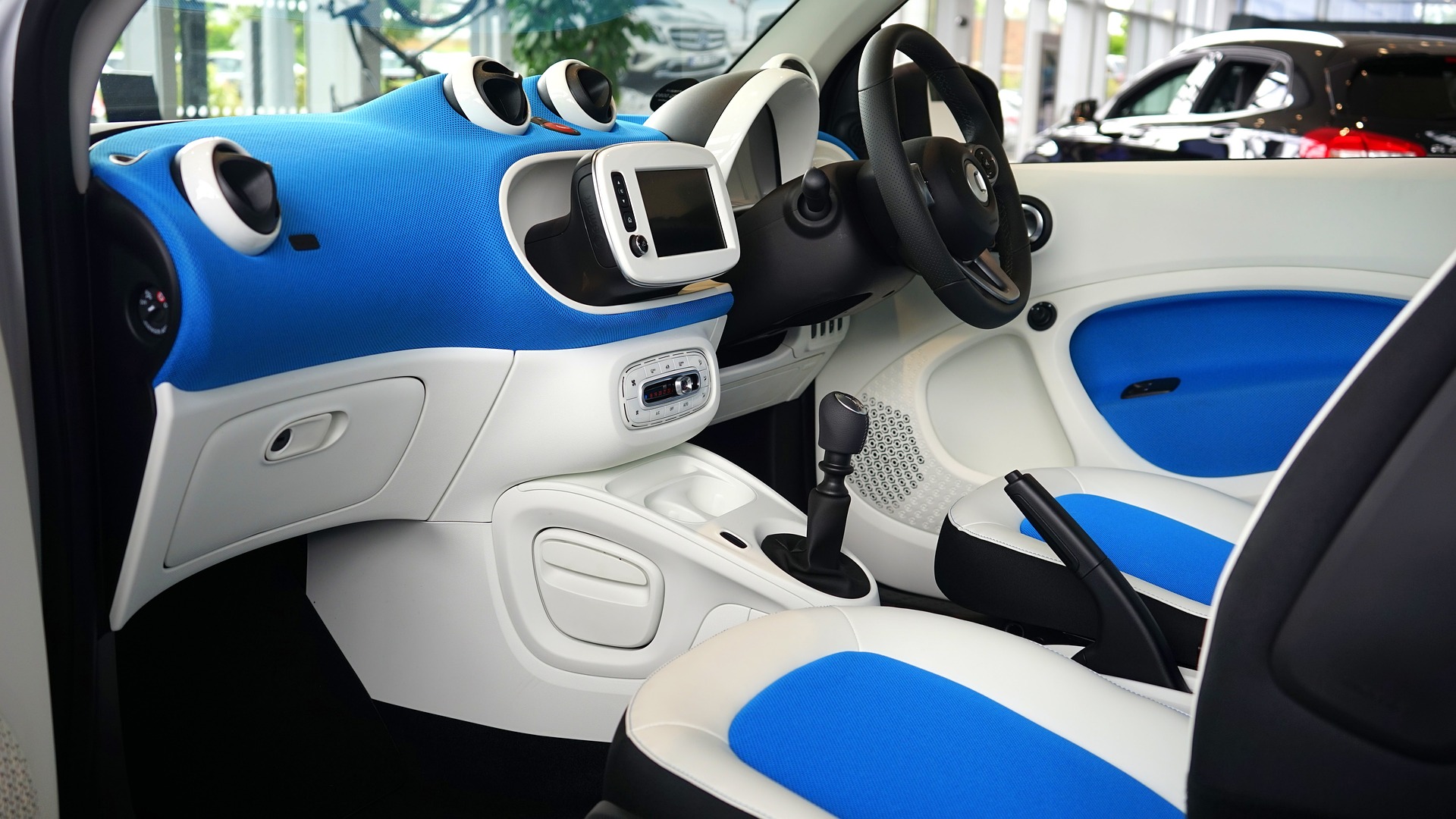The Resurgence of the Wankel Rotary Engine: A Technological Revival
In a world where traditional internal combustion engines are gradually losing their place to electric and hybrid technologies, there's one engine that refuses to back down—the Wankel rotary engine. Once considered a dead-end in automotive engineering, this underdog is making a surprising comeback. But why now? This article explores the unexpected resurgence of the Wankel rotary engine, its history, technological advancements, and the implications for the automotive industry.

A Brief History of the Wankel Rotary Engine
The brainchild of German engineer Felix Wankel, the rotary engine was first conceived in the 1920s. Its unique design, which replaced the piston’s linear motion with a rotor’s circular motion, promised lower vibration and higher power-to-weight ratio. However, despite its early promise, the engine faced significant challenges, including poor fuel efficiency and high emissions. These issues led to its decline in the late 20th century, with the last mass-produced rotary-powered car, the Mazda RX-8, ceasing production in 2012.
The Technological Revival
The resurgence of the Wankel engine is largely due to recent technological advancements. Engineers have made significant strides in addressing the engine’s historical weaknesses. For instance, new materials and design improvements have enhanced the engine’s thermal efficiency, reducing fuel consumption and emissions. Similarly, advances in lubrication techniques have mitigated the engine’s notoriously high oil consumption.
The Rotary Engine in Today’s Automotive Landscape
In today’s automotive landscape, the Wankel engine is carving out a niche for itself. It’s being explored as a range extender in hybrid vehicles, thanks to its compact size and smooth power delivery. Companies like Mazda and Audi are investing in this technology, with Mazda even hinting at a rotary-powered sports car in the future.
Impact and Challenges
The resurgence of the Wankel engine has several implications. For enthusiasts, it’s an exciting return of a beloved technology. For the industry, it presents a viable alternative in the powertrain mix. However, the engine still faces challenges. Despite improvements, its efficiency and emissions performance still lag behind conventional engines. Moreover, it has to contend with the growing dominance of electric powertrains.
Conclusion
The Wankel rotary engine’s comeback is a testament to the automotive industry’s innovative spirit. Despite its past difficulties, it’s found a way to reinvent itself for a modern era. While it’s unlikely to become mainstream, it holds promise for specific applications. Its story is a reminder that sometimes, technological progress isn’t about discarding the old but improving upon it.
In the ever-evolving automotive landscape, where technologies rise and fall, the rotary engine’s resurgence is a fascinating development. Whether it will ultimately succeed remains to be seen, but for now, it’s certainly an exciting chapter in the ongoing story of automotive engineering.




